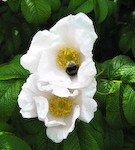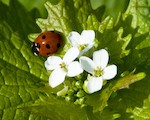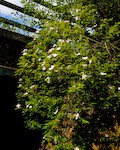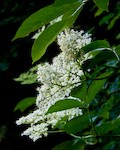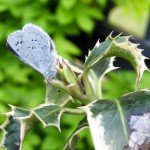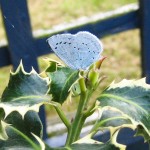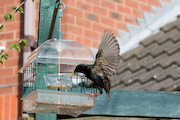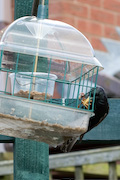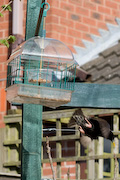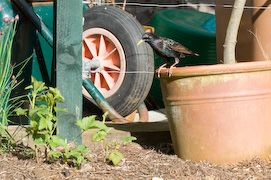As I mentioned in a previous post, one of my favourite flowers of the moment is rosa rugosa. Â
I am not a huge fan of roses, most seem to be grown for their visual impact these days, whereas I thought that the whole point of a rose was the scent. Â I therefore don’t have any roses in my garden at the moment. Â That said, however, rosa rugosa is a huge exception and the scent around the industrial estate at the moment is divine. Â (If you see a short person snorting the hedgerows of a Daventry industrial estate then that is probably me.)
According to Wikipedia, Rosa Rugosa is apparently a native of eastern asia but has been introduced to Europe where it is used in landscaping and is particularly useful in coastal areas, as well as being pretty hardy it is also highly tolerant of salt.  (This latter property also makes it useful to plant near roads that are regularly in need of deicing with salt.)  The colour of the bloom varies from white to dark pink, and double and single cultivars are known.
The rose is also popular with bees, gives colour lasting well into autumn with bright yellow autumn leaves and bright red hips that are packed with vitamin C.
